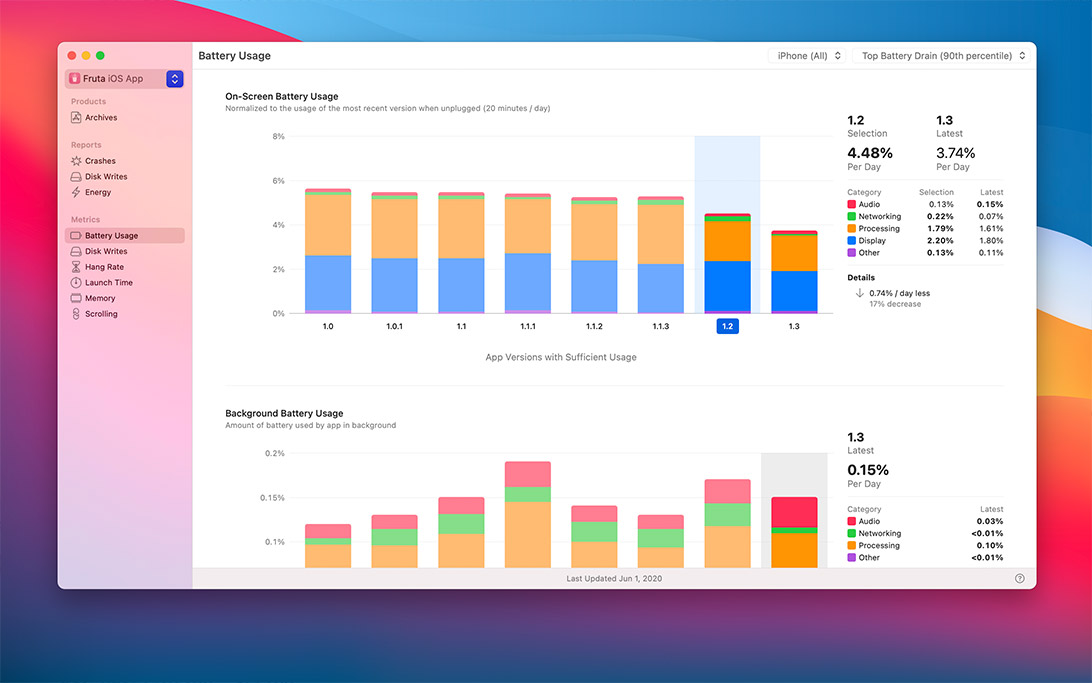
Or the other option is to use virtualization applications. Select/click simulator from list, which you need to download.You can either use the direct link given to download XCode for Windows 10 or 11 in APK file format.That will open 'Component' window (from Xcode > Preferences). At the end of list, there is an option to add new simulator " Download Simulator".Look at this snapshot to understand flow of above steps:Īnd if there is no simulator/OS version in simulator list, you're looking for, OS Version: Select OS version from this dropdown listĪ new simulator will be added in your Simulator option list.Device Type: Select iPad from this dropdown list.Simulator Name: Enter simulator name here.Click on '+' icon, on left bottom corner of window.There are three field in simulator tab.That will open 'Device & Simulator' window. At the end of list, there is an option to add new simulator " Add Additional Simulator".Click on Simulator icon and open simulator list.only the latest revision is kept in the list.)įollow these steps to add a (new) simulator (Xcode 9 onwards) In Xcode, in the Downloads section, start the Simulator download again, it should find the file you downloaded and install it.

In case directory ~/Library/Caches/.Xcode don't have download folder then, just click Show package content create Downloads folder, before moving the dmg file. In some cases, we have to remove all *.dvtdownloadableindex files (maybe it doesn't matter, I didn't remove them). To add iOS Simulator in XCode perform below steps:Īfter download completes, copy this file to ~/Library/Caches/.Xcode/Downloads


 0 kommentar(er)
0 kommentar(er)
